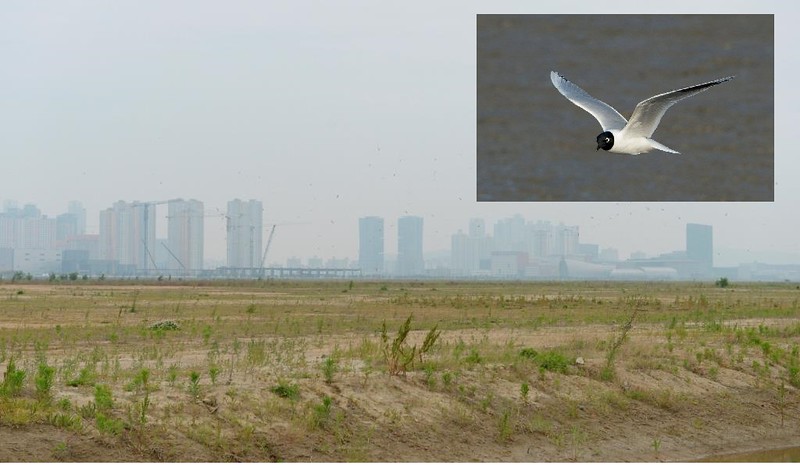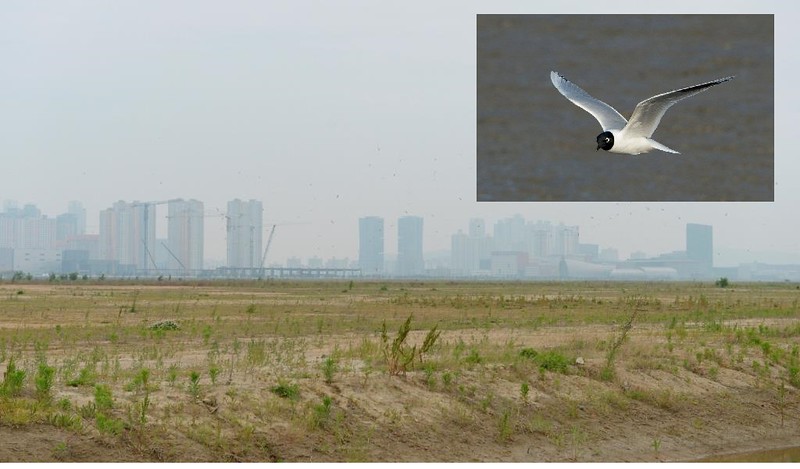Spike Millington, Chief Executive

It’s summer in the Republic of Korea. Not many waterbirds are migrating, but quite a few are in the middle of their breeding season. Not far from the Secretariat office in Songdo, an area of reclaimed land with shallow pools and some emergent coastal vegetation supports large colonies of Saunders’s Gulls and Little Terns. Eastern Oystercatchers, Kentish and Little Ringed Plovers and even the odd Eastern Spot-billed Duck also nest here and rear their young. All this makes for a noisy concentration of breeding waterbirds. The local authorities have put in measures to minimize disturbance to these birds. All very nice, but of course there is a catch. This is only a temporary phenomenon. Within a couple of years, the area will be levelled for construction and the birds will have to go elsewhere, if they can find suitable areas. These birds naturally breed on beaches and in coastal saltmarshes and can quickly take advantage of newly-reclaimed areas that mimic their original nesting grounds. Indeed, Saunders’s Gull is a recent colonist to Korea, perhaps in large part due to rapid emergence of this “new habitat”. Because they are quite adaptable, Little Terns and Oystercatchers now breed on artificial structures that resemble shingle habitat, such as pebble-strewn rooftops, in parts of their range. Creating artificial habitats in more secure areas may be part of the solution to promoting conservation of these species. Whether this is possible for Saunders’s Gulls, which typically nest in large, loose colonies, is unsure, but outside of protected areas in their limited breeding range (mostly in China), their favoured habitat of coastal saltmarsh is rapidly disappearing. Better to try to set aside potential breeding areas for these birds as part of the “compensation” for development plans, something that may require long-term habitat management.
Coastal wetland restoration is an important component of conservation and management of these threatened areas. It can be quite simple, such as breaking down small dykes to re-create tidal flows and restoring old fishponds or saltpans. Restoration can even improve habitat for waterbirds, e.g. by creating high-tide roost areas. I saw some examples of this recently in Suncheon Bay, in the south of Korea. Cleaning up and blocking sources of pollution can also be achieved quite easily. Eradicating exotic, invasive species, such as Spartina in China or USA is much longer-term, as well as complicated and expensive. Restoring tidal flows in major estuaries can be simple, but is often fraught with political considerations. The Caring for Coasts initiative hopes to document global best practice for coastal wetland restoration, so that potential solutions tried elsewhere can be applied to restore these critical habitats in our Flyway.





